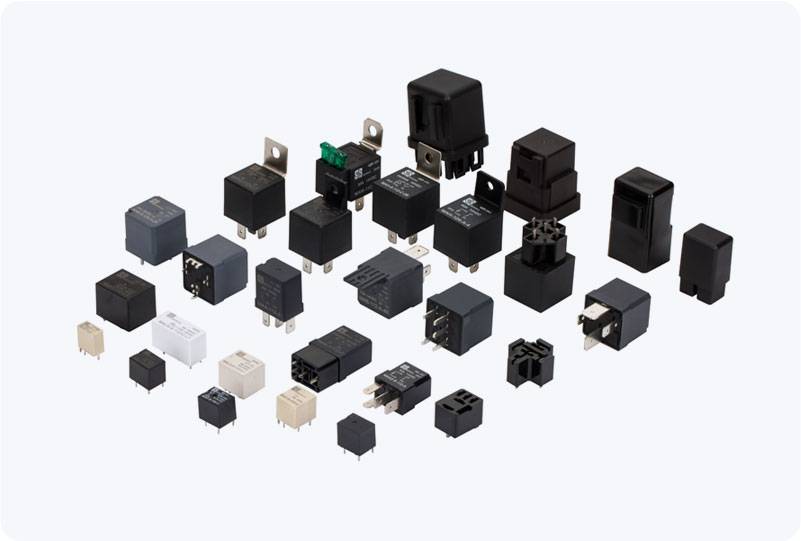understanding motor control power relay: its functions and applications
Release time:2025-08-22 05:30:04
Motor control power relays are integral components in various electrical and automation systems. They are designed to control the operation of motors, particularly in high-power environments, ensuring safe and efficient motor control. These relays are essential in industrial settings, home appliances, automotive systems, and other applications where motor-driven equipment plays a crucial role. This article explores the functions, types, and applications of motor control power relays, highlighting their importance in modern electrical systems.

What is a Motor Control Power Relay?
A motor control power relay is an electrically operated switch used to control the operation of an electric motor. It functions by opening or closing an electrical circuit, allowing the motor to start, stop, or change speed. These relays are designed to handle large electrical loads and provide control over the motor's operation, offering protection against potential issues like overloads or overheating.
Key Functions of a Motor Control Power Relay
Starting and Stopping Motors: One of the primary functions of a motor control power relay is to control the starting and stopping of motors. This is especially important in industrial automation systems where motors need to be started or stopped based on specific operational requirements. The relay is controlled by a signal from a PLC (Programmable Logic Controller) or other control systems, allowing for precise motor control.

